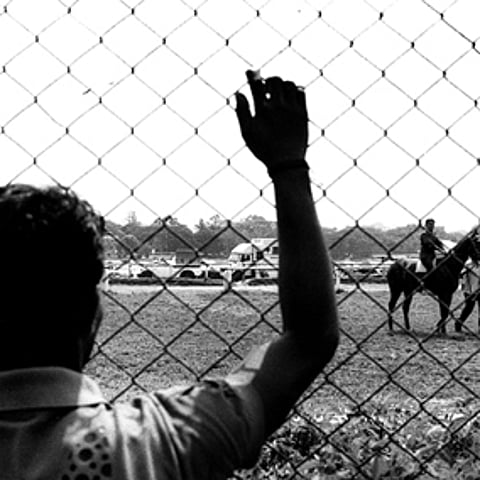In February 2012, over 1000 syces (stable grooms) from the Bangalore Turf Club were evicted from its premises following a strike. The syces had been demanding a wage raise from USD 78 to USD 113 when negotiations turned violent. The police intervened in response to the Club management's complaint that the protesters posed a 'security threat'. Over two dozen of these evicted syces living on the streets were later picked up by the police on charges of violence under Section 307 of the Indian Penal Code. Four months later, the Karnataka Race Horse Workers' Welfare Association (which represents the workers at the club) announced an indefinite strike; among the demands was an end to unfair practices against the syces, and a revised remuneration of USD 113.
Syce, or sāis in Hindi, refers to those who are employed to groom and take care of horses. Tracing the word's etymology, we come to the word sāsa, which in Arabic means 'to tend to' or 'manage', and also the word sūs from Hebrew which means 'horse'. The British were the first to use the word syce when they occupied India. In the 17th and 18th centuries, British officers stationed in the colonies took the hot-blooded oriental stallions of the Arabian, Barb or Turcoman breeds to England, where mares of mostly English breeding were crossbred with these imported stallions. Their foals, developed for racing and other sports, came to be known as 'thoroughbreds'.

